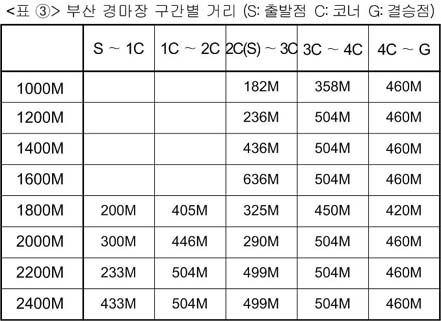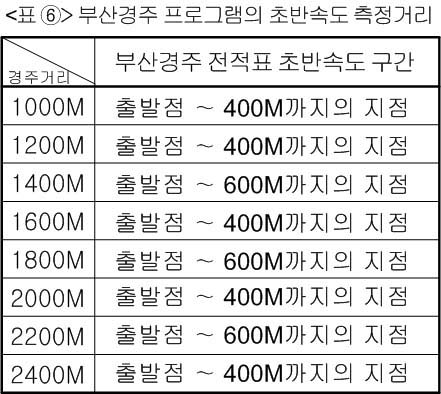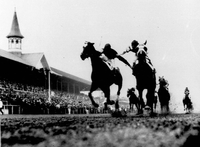EMBARGOED FOR PUBLICATION UNTIL MAY 2
APS ContactChristine Guilfoy
(301) 634-7253
cguilfoy@the-aps.org
Kentucky Derby: Race Horse Physiology Is Model For Speed
Equine athlete has natural supplemental oxygen supply ready for race; blood thickens 50% with infusion of oxygenated red blood cells
BETHESDA, MD (April 27, 2006) ? When the elite horses of the Kentucky Derby jump from the gate on May 6, will the physiologists who study them be able to predict the likely winner?
Exercise physiologists have used horses for research for hundreds of years because the equine athlete’s blood vessels are large, they love to exercise, and they are domesticated, noted Eric K. Birks, assistant professor of exercise physiology at the University of Pennsylvania School of Veterinary Medicine.
Important discoveries about heart rate, blood clotting, blood pressure and the role of oxygen in the blood have resulted from research with horses, said Kenneth H. McKeever, associate professor and associate director of the Equine Science Center at Rutgers University, New Brunswick, NJ, and an advisor to the New York state racing board’s medication advisory committee.
And the research continues. McKeever, for instance, is currently doing research funded by the U.S. Army, looking at the anti-inflammatory properties of several foods. Soldiers, who run and walk with lots of heavy equipment, often develop inflammation, which can lead to injuries, he said. His team found that extracts of cranberry, black tea and orange peel reduced inflammation in horses, but ginger did not. This finding could help soldiers reduce inflammation by eating these foods.
Born to run
Physiologists use treadmills to identify how the horse’s physiology contributes to maximum performance and how it limits it. Getting a 1,200 pound thoroughbred to run on a treadmill has its challenges, but part of the reason the horse has become a favorite of exercise physiologists is that they love to run, McKeever said.
“That’s part of the lure of using horses rather than rats or monkeys -- they give it their all,” said McKeever. Horses in his lab paw at the belt when they get on the treadmill, trying to get it to move, he said.
“If they had opposable thumbs, they would open their stalls and go down to the treadmill themselves,” said Birks. “Left to their own devices, the horses would probably run more than what we allow them to run in races.”
And what have physiologists learned about horse physiology?
Fun physiological facts about horses
Horses
-
can breathe only through their noses
-
can only breathe in synch with their stride
-
have outsized spleens that release oxygen-rich red blood cells into the blood stream when they run
-
have hearts that can handle blood that thickens with the 50% increase in red blood cells
-
are the only animals, other than humans, that sweat through their skin
A horse’s body is like a huge bellows, McKeever explained. Its breathing is dictated by the movement of its body and is in synchrony with its stride. Horses can inhale only when their front hooves are striding outward, they exhale only when all four legs come together -- the in and out of the bellows.
Unlike human runners who can take a deep breath independent of their leg movements, horses cannot take that extra-deep gulp of air when in full gallop, said Lawrence R. Soma, professor of anesthesia and clinical pharmacology at the University of Pennsylvania School of Veterinary Medicine. That means a horse with a longer stride has more time to inhale and exhale, allowing the horse time to breathe more deeply. Horses cannot increase their breathing rate without running faster or shortening their strides.
"Because they have such a big mass of abdominal contents, if they tried to inhale when landing on their front feet, this mass and any food in their stomach and intestines would shift forward and limit the expansion of their lungs," Birks explained.
The horse with the longer stride has an advantage, because it has more breathing time, Birks said. Triple Crown winner Secretariat had one of longest stride ever recorded, allowing him to take bigger breaths, he said. So, the longer the stride, the more likely to win, right?
Thoroughbreds share same 30 ancestors
Unfortunately, it’s not so simple. Some very successful horses have had shorter strides, including Kentucky Derby and Preakness winner Smarty Jones. Racing success is built on multiple factors, including the horse’s psychological makeup, not to mention the jockey’s, Soma said.
The horses that run the Derby run approximately the same speed, Soma noted. One horse length is equal to one-fifth of a second, meaning the horse that finishes five lengths back in a two-mile race is only one second behind the winner. So even small things can make a difference.
“It doesn’t look like breeding makes all that much difference,” Soma said. Modern race horses do not have much genetic variability, because they trace their ancestry to the same 30 or so horses. Since the 1700s, horses have become a little faster, but not much, he said.
Like standing on one finger
Horses pack great speed for their size, a skill that comes in handy when you’re sharing the open plain with hungry predators. But their thin legs and relatively small hooves support a much greater proportion of weight than the human foot, which is relatively larger.
“Anatomically speaking, they run on their toes,” Soma said. “That makes them very fragile.” A human being would have to put his weight on his middle finger to duplicate the proportion of weight the horse hoof supports as it hits the ground.
The strain of a two-minute race can cause problems for horses, McKeever said. They may be unable to get enough oxygen to their tissues and carbon dioxide may build up in their blood. Blood vessels in their lungs sometimes burst from the strain and if enough burst, the horse may bleed from its nose.
Physiologists are still trying to understand why horses are susceptible to this bleeding but inhaling dust into the lungs may play a role, as may the shock produced as the horse’s 1,200 pound body lands on its legs in full gallop.
Oxygen consumption is key
Horses need a lot of oxygen when they run. They carry their own emergency supply in their spleens.
“The horse spleen is a giant bag of extra blood,” McKeever said. When the horse runs, its spleen contracts and forces a fresh supply of oxygen-rich red blood cells into its blood stream, effectively pumping extra oxygen into its cardiovascular system virtually on demand. Human athletes, on the other hand, must train at high altitude to produce a greater supply of red blood cells.
When at rest, about 35% of the total blood volume in humans and horses is comprised of red blood cells. Humans maintain that proportion even during exercise. Horses increase their red blood cell numbers to more than 65% of blood volume during a race. This greatly increases the horse’s ability to carry needed oxygen, but also makes the blood thicker. Fortunately, the horse’s heart is able to overcome this viscosity.
Horses also have a tremendous ability to use the oxygen it produces. An elite human athlete uses 70-90 milliliters of oxygen per kilogram of weight per minute, McKeever said. Thoroughbreds use more than 150 milliliters per kilogram per minute.
Any predictions?
So, should you consult your favorite physiologist before placing your bet on the Derby, or any horse race?
“We can predict the horses that will be in the top 5% of thoroughbred racing, but every horse at the racetrack is in that 5%” Birks said.” There are too many variables beyond physiology: training, diet, the jockey, horse psychology and more; and too little difference in performance between the first- and last-place finishers to be able to predict the outcome.
“We choose not to gamble,” Birks said with a laugh.
* * *
The American Physiological Society was founded in 1887 to foster basic and applied bioscience. The Bethesda, Maryland-based society has more than 10,000 members and publishes 14 peer-reviewed journals containing almost 4,000 articles annually.
* * *
APS provides a wide range of research, educational and career support and programming to further the contributions of physiology to understanding the mechanisms of diseased and healthy states. In May 2004, APS received the Presidential Award for Excellence in Science, Mathematics and Engineering Mentoring (PAESMEM).
# # #
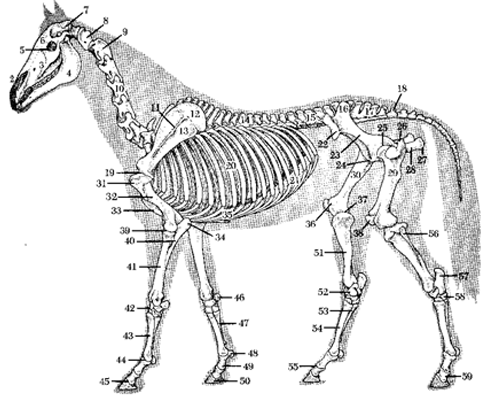
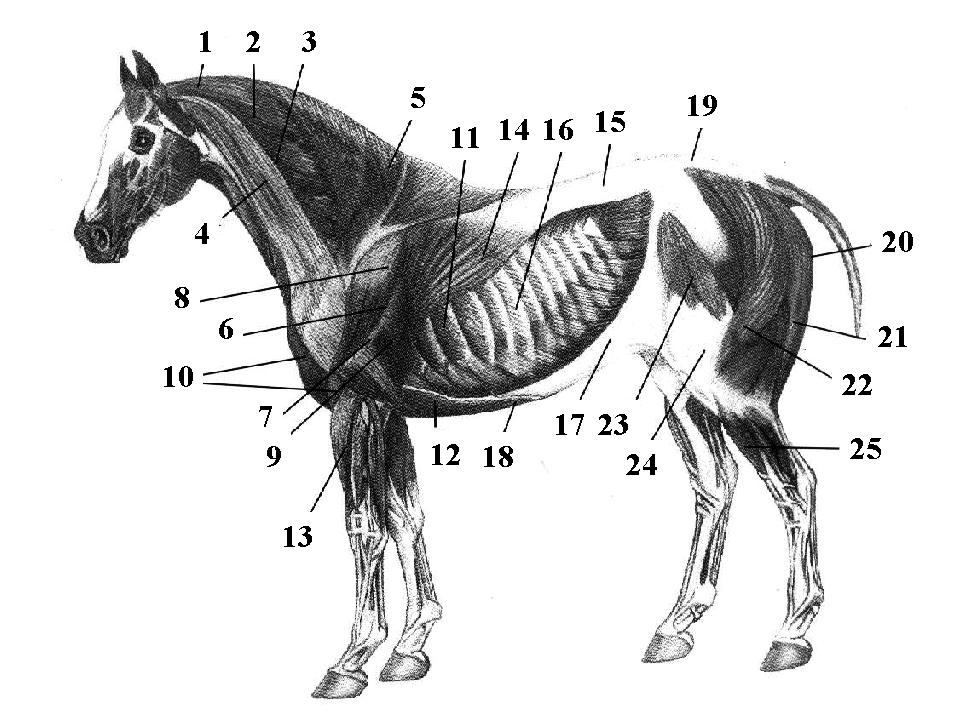
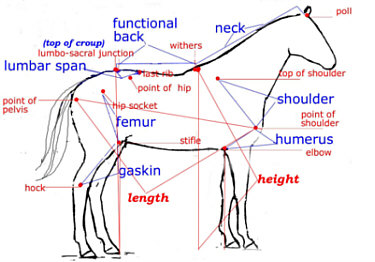
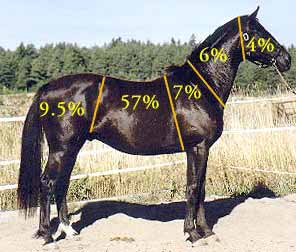
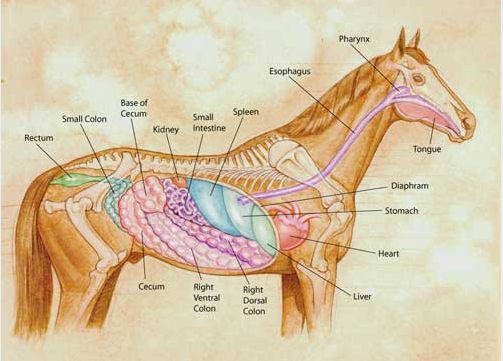
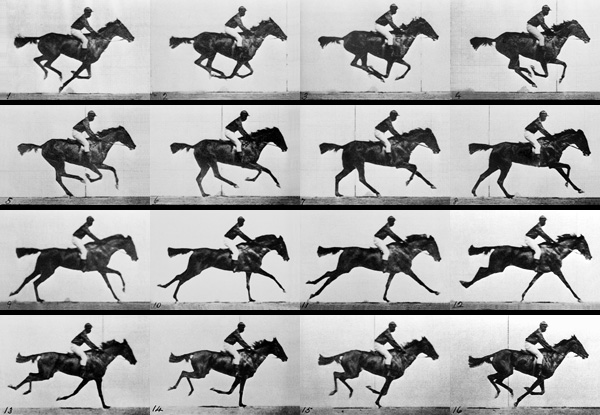
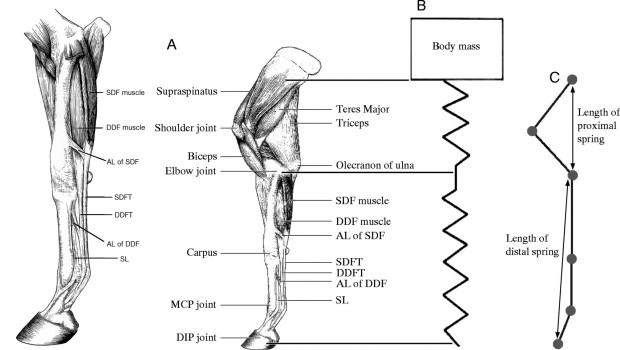
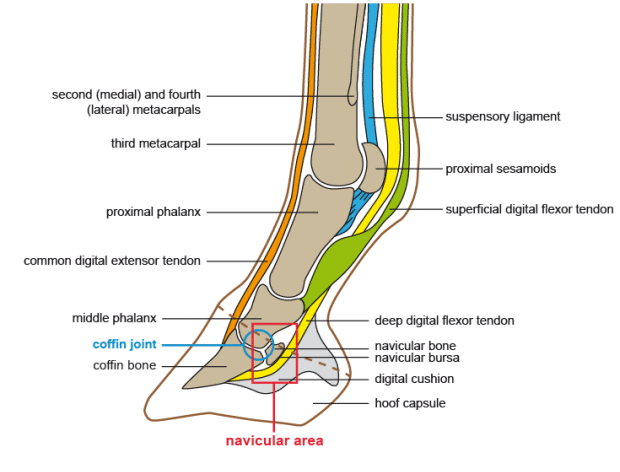
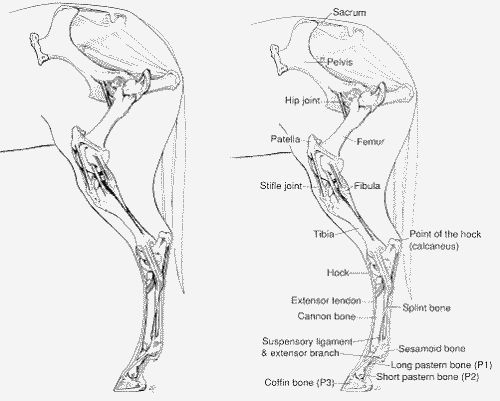
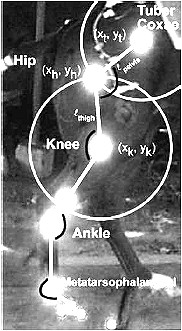
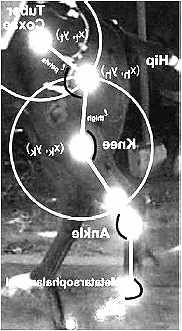
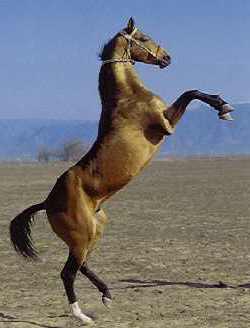
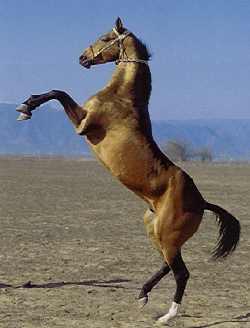
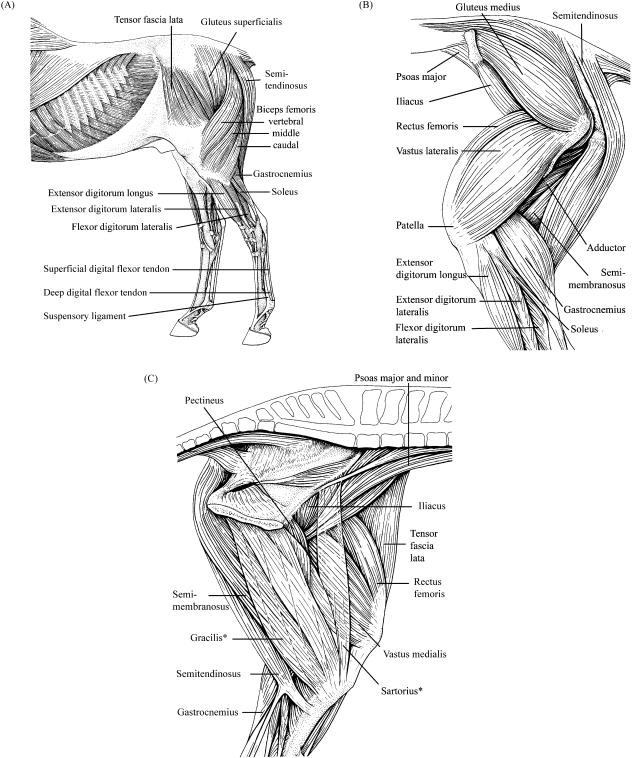
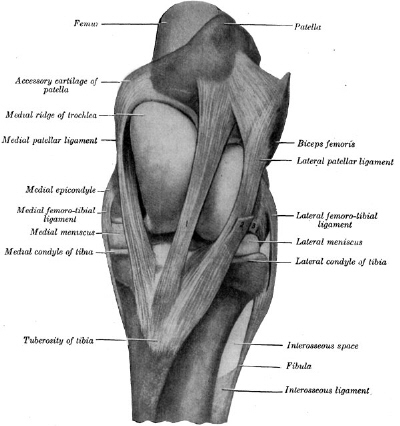
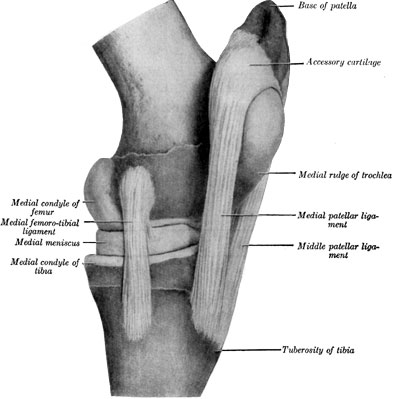
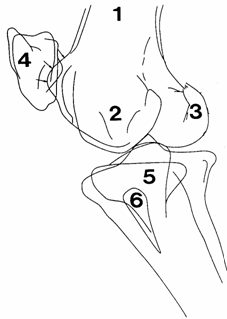
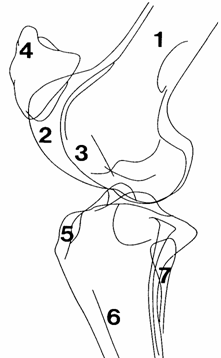
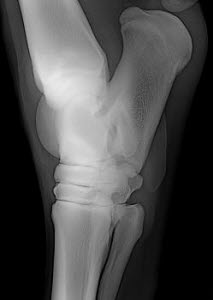
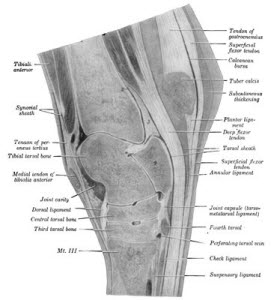
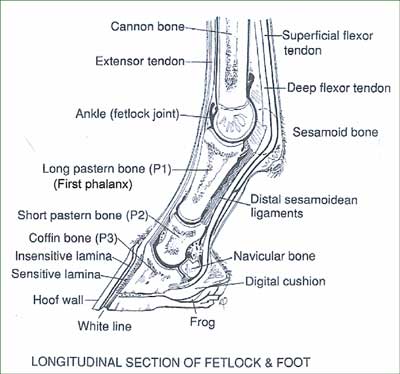
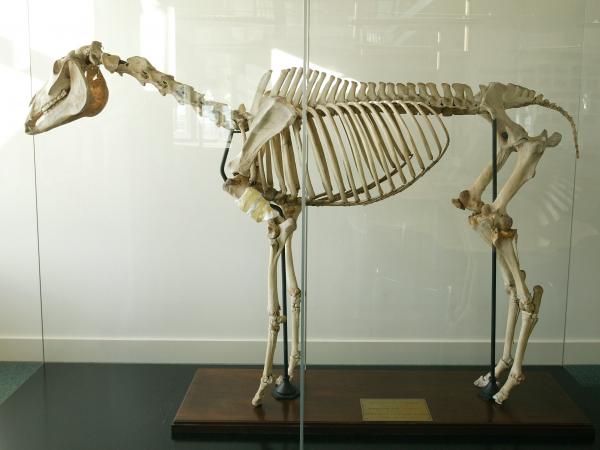
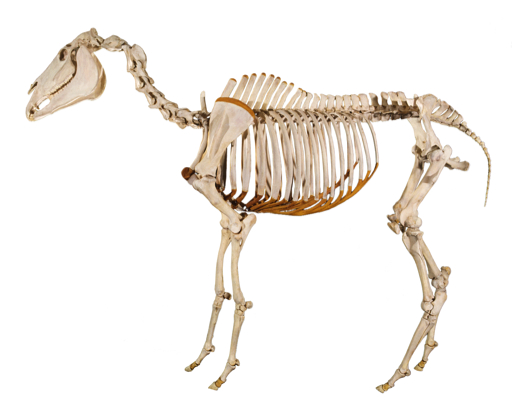
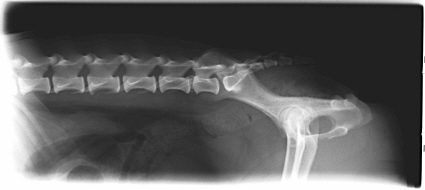
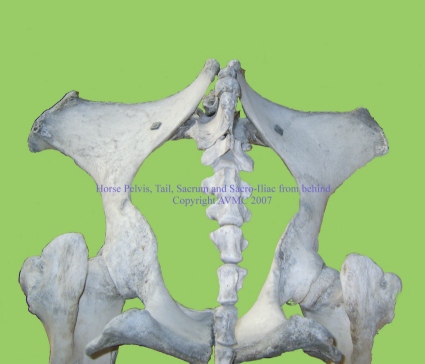

 forelimb.dcr
forelimb.dcr

 56k
56k Broadband
Broadband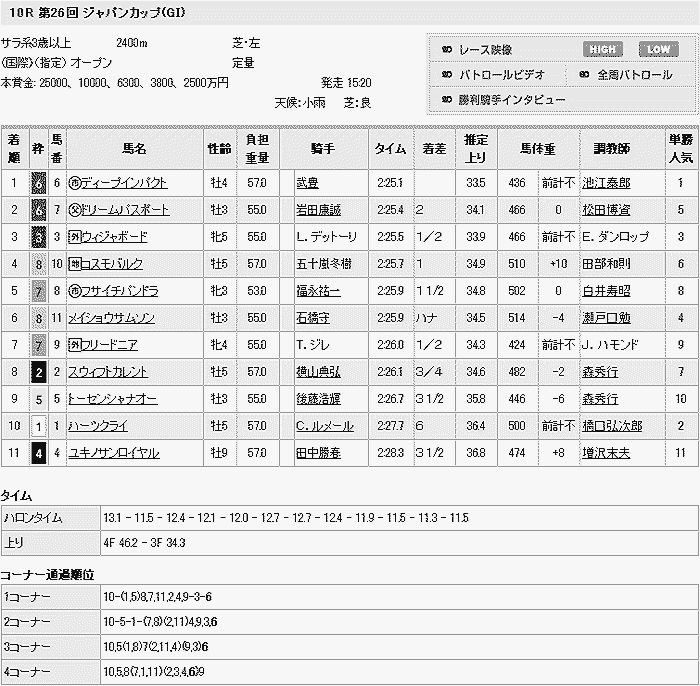
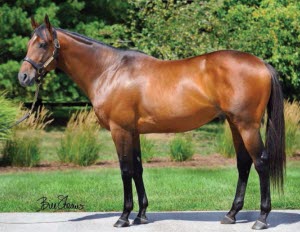
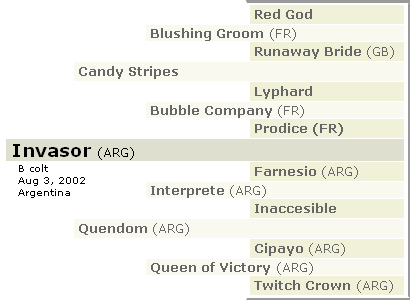
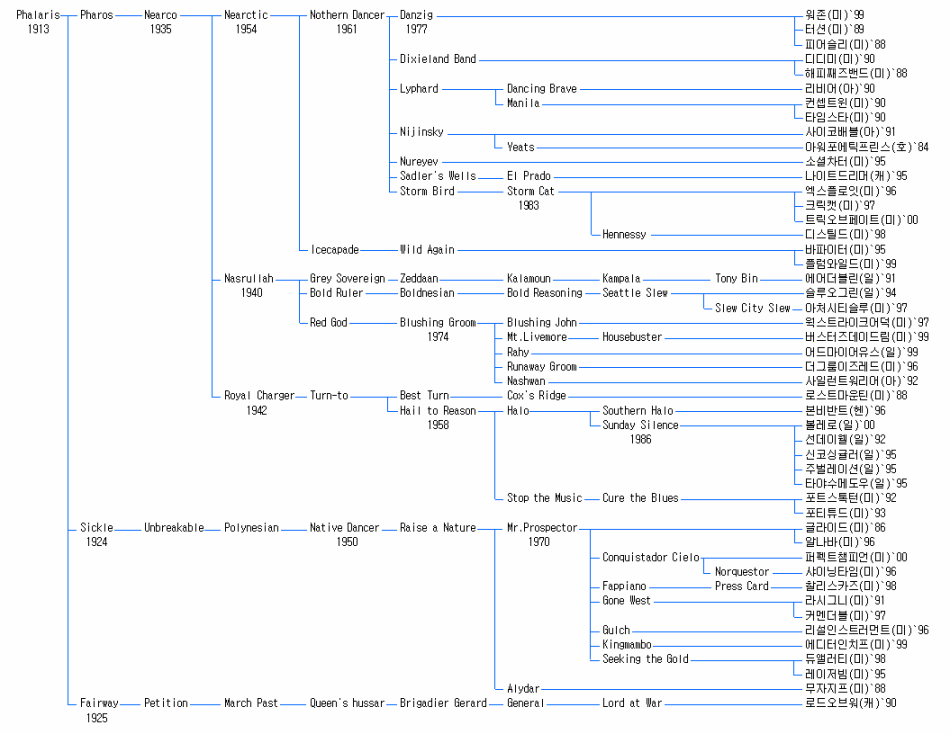
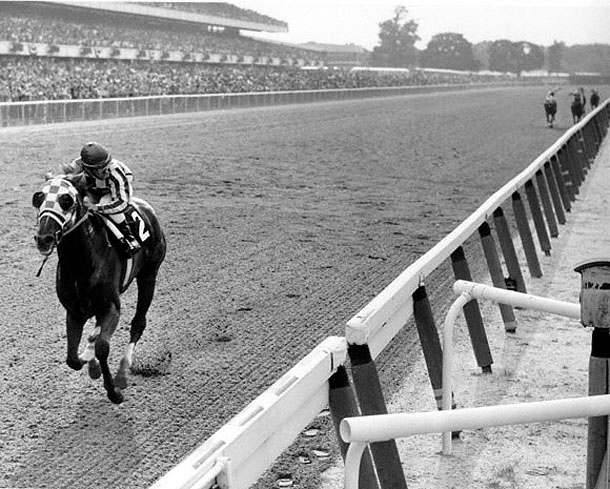
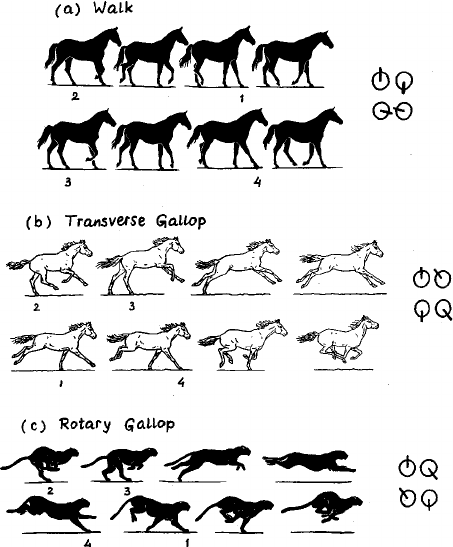

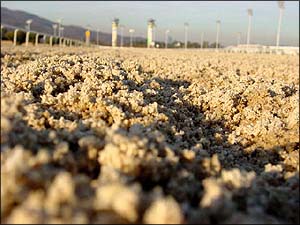 이 질문에 대답하기 위해서는 먼저 과천 경주로의 실제 상황을 이해하는 것이 급선무다. 한국 경마라는 공연의 무대가 되는 경주로의 맨 아래는 배수층으로 40㎝ 깊이에 크고 작은 자갈이 깔려있으며 중간층은 기저 층으로 약 10㎝ 두께의 화강토(화강암이 풍화된 모래흙, 일명'마사토')로 구성되어 있다. 제일 위층은 쿠션층으로 모래가 깔려 있다.
이 질문에 대답하기 위해서는 먼저 과천 경주로의 실제 상황을 이해하는 것이 급선무다. 한국 경마라는 공연의 무대가 되는 경주로의 맨 아래는 배수층으로 40㎝ 깊이에 크고 작은 자갈이 깔려있으며 중간층은 기저 층으로 약 10㎝ 두께의 화강토(화강암이 풍화된 모래흙, 일명'마사토')로 구성되어 있다. 제일 위층은 쿠션층으로 모래가 깔려 있다. 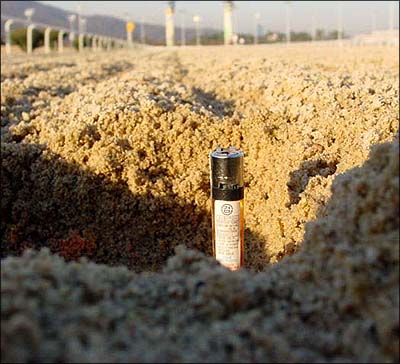
 몇 년 전만 해도 주로의 이물질을 걸러내기 위해 근무시간에 마사회 전 직원이 동원되어 돌을 고르던 시절이 있었지만 94년에 자동으로 자갈을 고르고 모래를 선별하는 선별기가 자체 개발되어 원시적인 작업은 막을 내리게 되었다. 그렇지만 아직도 쿠션층의 모래 입도 비교를 보면 일본 도쿄 경마장에는 0.06mm~0.30mm의 모래가 약 50%정도이며 점토성분인 0.075mm이하의 세사(細沙)가 극히 적은 것에 비해, 우리는 2.38mm 이상과 0.15mm 이하의 분포가 상대적으로 높게 나타나고 있다.
몇 년 전만 해도 주로의 이물질을 걸러내기 위해 근무시간에 마사회 전 직원이 동원되어 돌을 고르던 시절이 있었지만 94년에 자동으로 자갈을 고르고 모래를 선별하는 선별기가 자체 개발되어 원시적인 작업은 막을 내리게 되었다. 그렇지만 아직도 쿠션층의 모래 입도 비교를 보면 일본 도쿄 경마장에는 0.06mm~0.30mm의 모래가 약 50%정도이며 점토성분인 0.075mm이하의 세사(細沙)가 극히 적은 것에 비해, 우리는 2.38mm 이상과 0.15mm 이하의 분포가 상대적으로 높게 나타나고 있다. 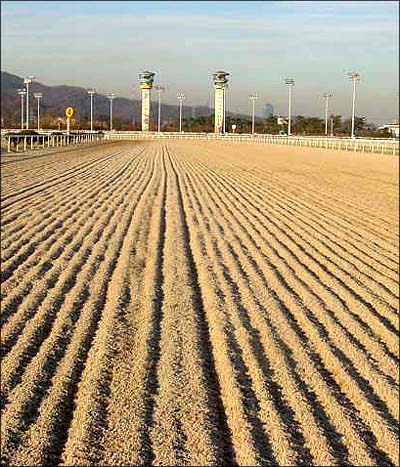



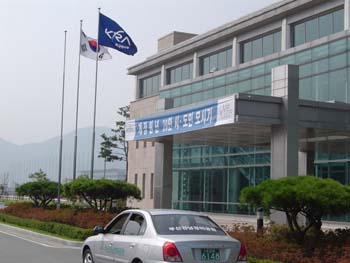



 부산경주 프로그램 이렇게 분석하자
부산경주 프로그램 이렇게 분석하자